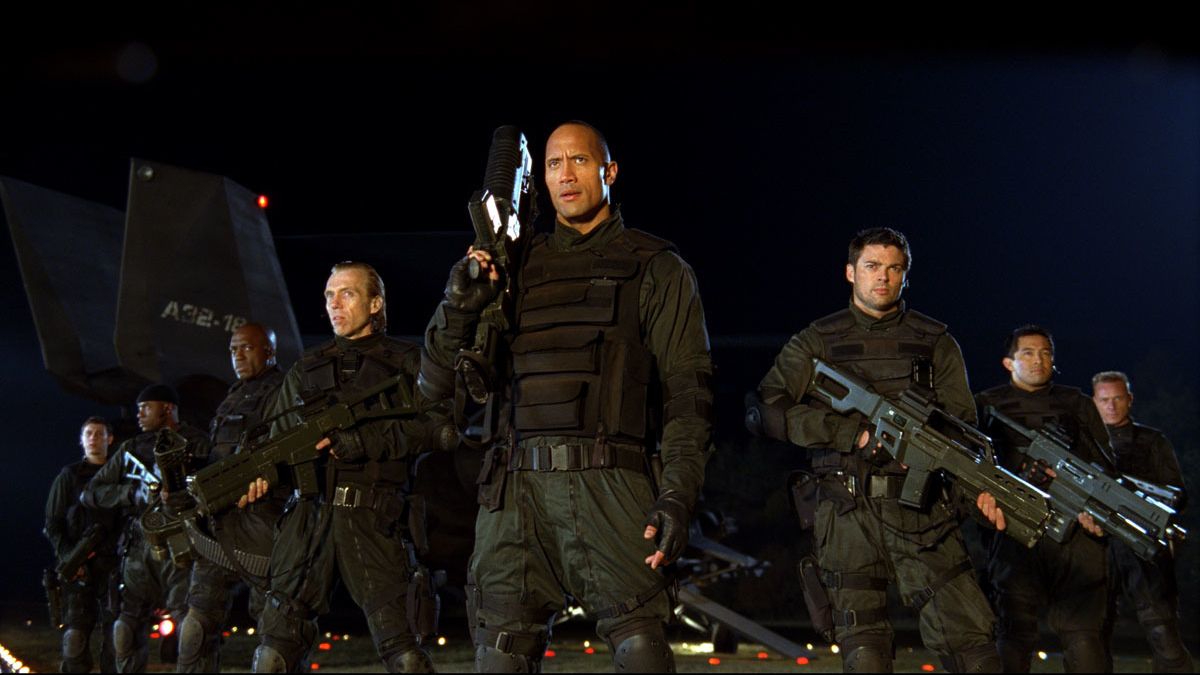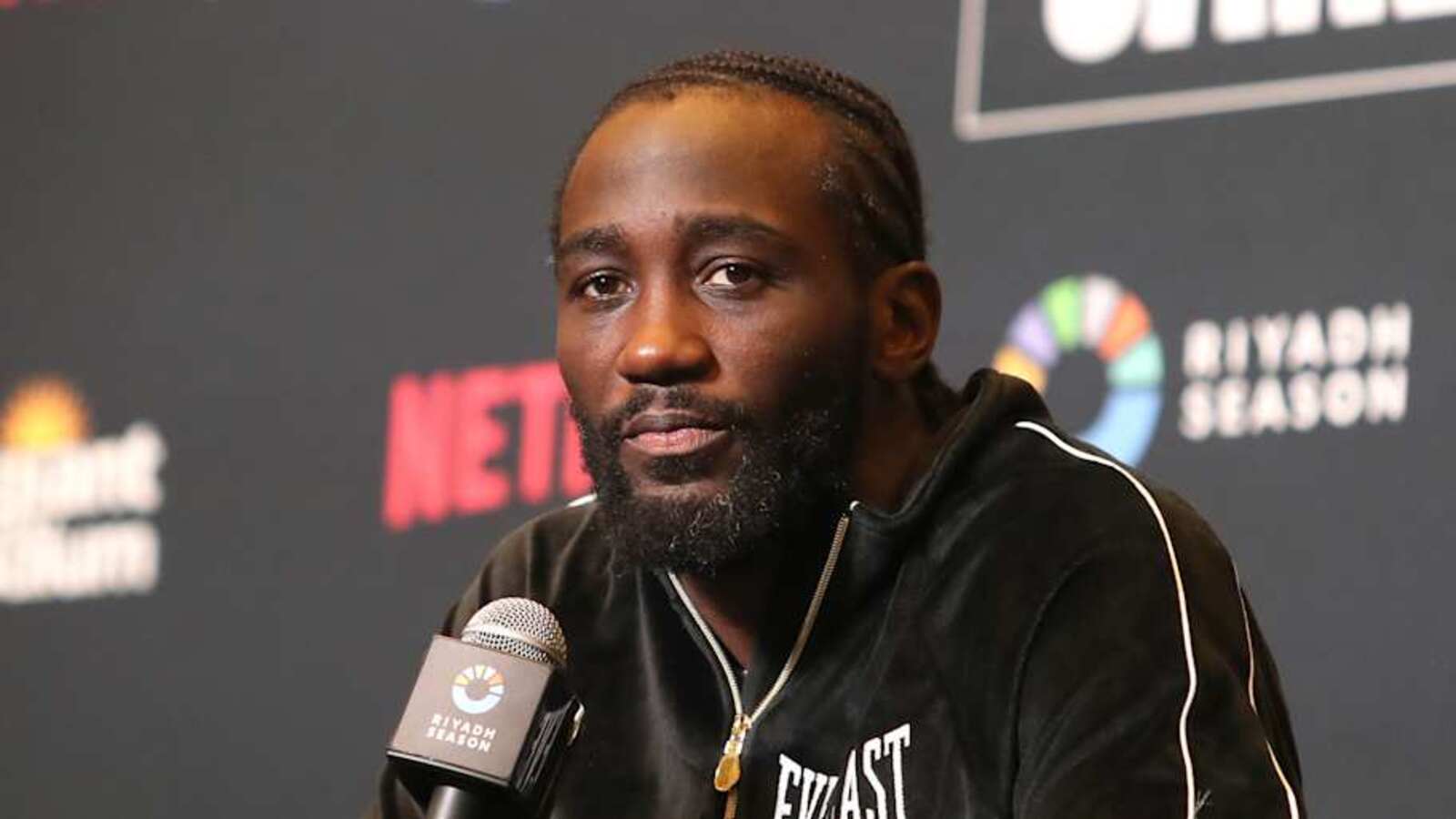Copyright Space.com

Hollywood has been trying to turn videogames into movies (and, later, TV shows) ever since a pair of Brooklyn plumbers stunk up theaters in infamous 1993 flop "Super Mario Bros". And while the recent likes of "Castlevania", "Fallout", "Arcane" and "The Last of Us" have proved it is possible to make a successful console-to-screen transfer, they are — historically speaking — the outliers. That's why, when a movie version of the influential first-person shooter "Doom" blasted its way into multiplexes in October 2005, absolutely nobody was expecting a classic. Even so, few could have predicted this Mars-set actioner would be such a dud, and — perhaps the ultimate sin for a blockbuster — so criminally dull. Which is a shame, seeing as the original 1993 "Doom" game (and 1994 upgrade "Doom II: Hell on Earth") were acclaimed for levelling up their genre. It wasn't just that id Software's sci-fi-tinged follow-up to World War II shoot-'em-up "Wolfenstein" had brought a whole new breed of violent, kill-the-bad-guys energy to PC screens. "Doom"'s groundbreaking immersive gameplay also proved genuinely scary, as a faceless hero deployed his impressive arsenal of weapons to fight off an onslaught of extra-terrestrial beasties from a Hell dimension. In stark contrast to modern games like "The Last of Us", however, "Doom" wasn't overly blessed in the story department. Indeed, in the early '90s, you were lucky if you got any plot at all sandwiched between the extended action sequences that were the medium's bread and butter. "Doom"'s protagonist didn't even have a name, though he would later be given the unofficial moniker of "Doomguy". This left "Doom"'s creatives with the sort of blank slate that can sometimes be a blessing. In this case? Not so much. In a truly bizarre move, even the mythology that did exist was significantly reinvented. This decision was partly motivated by the fact that the filmmakers didn't want to risk alienating churchgoers with controversial depictions of demons and Hell. The movie subsequently gave its monsters a more secular origin story, the spawn of science run amok rather than some malevolent force of evil. Beyond that, "Doom" borrowed liberally from superior science fiction movies of the previous two decades. From "Stargate", it plundered the idea of archaeologists discovering a portal to another world, left behind by an ancient, technologically advanced civilisation. In this case, the destination — as in the games — was Mars, where the architecture of the United Aerospace Corporation (UAC) base has been heavily influenced by the Martian settlement in "Total Recall" (coincidentally, another film that uncovered relics of the red planet's previous occupants). And then, of course, there's "Aliens", a classic you don't try to imitate unless you're very brave, very naïve, or both. The men (and they are all men) of the RRTS (Rapid Response Tactical Squad) are Colonial Marines in all but name, dispatched to the Olduvai Research Facility when communications go down. Their orders? Use "extreme prejudice" and "search and destroy". But while James Cameron's classic 1986 bug hunt took care establishing all of its soldiers as characters — even the ones who'd be dead within seconds of their first close encounter — their "Doom" equivalents can be categorized as "anonymous", "expendable" or "detestable misogynist scumbag". One member of the cast who was unlikely to fade into the background was Dwayne Johnson, then operating under his wrestling callsign, The Rock. The WWE legend was already being touted as the successor to an earlier generation of action heroes — in fact, Arnold Schwarzenegger had even appeared for a few seconds at the start of 2003's "The Rundown" ("Welcome to the Jungle" in the UK), instructing the younger man to, "Have fun". It was something of a surprise, then, that the Rock opted to play "Sarge", the RRTS's brutal commanding officer who becomes the film's de facto villain in its final act. "I knew I wanted to be a part of this," Johnson said during production. "Will Smith always saves the world, so I thought it would be more interesting if I tried to end it." Johnson had originally been offered the chance to play the more heroic John Grimm (callsign Reaper, geddit?), a role that ultimately went to Karl Urban, a New Zealander who'd got his big break playing Éomer in "The Lord of the Rings". If the film had any emotional depth at all, he'd be the heart of the story; a soldier who lost his parents on Mars, and has spent the last decade estranged from his sister… who just happens to be a forensic archaeologist on the base he's been sent to clear up. Rosamund Pike must have been offered numerous jobs off the back of her debut in "Die Another Day" — she'd just delivered a critically acclaimed performance alongside Keira Knightley in "Pride & Prejudice" — so it's a shame that Samantha Grimm turns out to be such a thankless role, limited to gratuitous exposition and clunky lines like, "Does it ever bother you [that] you could have spent your life looking in a microscope instead of a sniperscope?" (Needless to say, she doesn't approve of her brother's career path.) Like everybody in "Doom," they make a succession of implausibly stupid choices. And although the film's opening act masquerades as a mystery, it's no surprise when we learn that the rabid monsters running around the base are actually the missing scientists the RRTS are looking for. (It turns out that the long-departed Mars residents of old discovered a way to genetically engineer a 24th pair of chromosomes. This DNA therapy can either turn you superhuman, or guarantee your membership in the growing horde of zombie people. So far, so "Resident Evil", but the movie does eventually make some concessions to the source material. The first is the Big Force Gun (or "Big F***ing Gun", depending on who you talk to), a powerful piece of ordnance Sarge falls head-over-heels in love with in — by some distance — the movie's most convincing relationship. More notable, however, is a four-minute sequence in which the film turns into an actual first-person shooter, and Reaper runs through corridors brandishing guns, grenades, and, of course, the franchise's iconic chainsaw to exterminate some unwanted pests. It hasn't aged well — especially now that videogame walkthroughs are commonplace on YouTube — and, with the controls taken out of your hands, it's slightly nauseating. The risible "Street Fighter" may have been even more blatant in its efforts to crowbar gameplay elements into the film, but at least it was funny, whether the jokes were intentional or not. "Doom" is so bad it's just bad. "Doom" failed to make back its production costs at the worldwide box office but luckily for those involved, the collateral damage didn't follow them back to Earth. Urban has gone on to front potty-mouthed superhero satire "The Boys", while Pike would later earn herself an Oscar nomination in "Gone Girl". The Rock rebranded himself as Dwayne Johnson and fulfilled his Arnie-anointed destiny by becoming one of the most bankable stars on the planet. It is worth noting, however, that he's tended to steer clear of truly villainous roles ever since. Even the franchise itself survived some truly awful reviews — "Doom"'s currently rated 18% on Rotten Tomatoes — to return in 2019 direct-to-video reboot, "Doom: Annihilation". In "Doom"'s defence, it's a relic of an era when action movies were in the critical doldrums, and nobody had worked out how to make a decent video game adaptation. And just to wrap things up on a positive note, the end credits — an all-action CG riff on familiar "Doom" gameplay — are actually pretty good.



